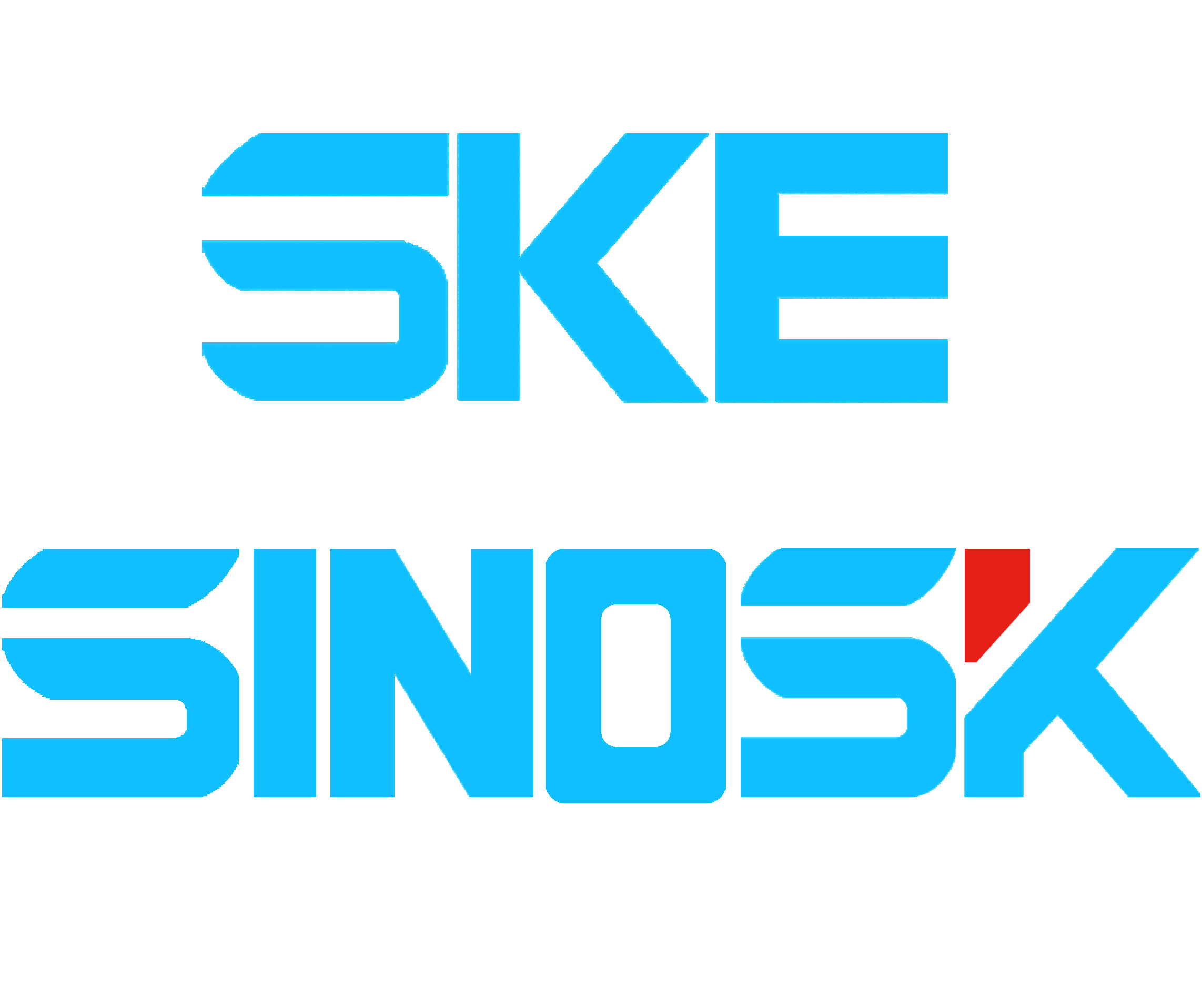Radar Sensors Overview
Radar sensors are technological tools that use radio waves to find nearby things. The term "radar”stands for“Radio Detection and Ranging". Radar sensors work by emitting a radio wave signal, which then bounces off objects in their path and returns to the sensor. The sensor analyzes the returned signal to determine the distance, speed, and location of the object.
Radar sensors have a wide range of applications, including:
Automotive radar: used for advanced driver assistance systems (ADAS) such as collision avoidance, blind spot detection, and lane departure warning.
Aviation radar: used for air traffic control, weather monitoring, and collision avoidance.
Maritime radar: used for navigation, collision avoidance, and search and rescue operations.
Military radar: used for surveillance, target detection, and missile guidance.
Weather radar: used for meteorology and predicting severe weather events.

Radar sensors have several advantages over other types of sensors, including their ability to operate in all weather conditions and their long-range detection capabilities. However, they can also be more expensive and complex to implement than other types of sensors
The frequency range of radar sensors can vary depending on the specific application and technology used. However, the most common frequency range for radar sensors is between 1 GHz to 100 GHz. Here are some examples of radar frequency ranges and their typical applications:
1. 24 GHz: This frequency range is commonly used in automotive radar systems for applications such as adaptive cruise control, blind spot detection, and collision avoidance.
2. 77 GHz: This frequency range is also used in automotive radar systems for higher-performance applications such as autonomous emergency braking, forward collision warning, and pedestrian detection.
3. 122 GHz: This frequency range is used in short-range radar (SRR) systems for applications such as parking assistance, automatic door openers, and gesture recognition.
4. 60 GHz: This frequency range is used in millimeter-wave radar systems for applications such as industrial sensing, traffic monitoring, and high-resolution imaging.
Radar Sensors Functional Range.
The functional range of a radar sensor refers to the maximum distance at which it can detect and measure an object. The functional range of a radar sensor depends on several factors, including the frequency of the radar signal, the power of the transmitter, the sensitivity of the receiver, and the size and reflective properties of the target object.
The functional range of radar sensors can vary widely depending on the specific application and technology used. Here are some examples of typical functional ranges for different types of radar sensors:
Short-range radar (SRR): SRR systems typically operate at frequencies between 24 GHz and 80 GHz and have a functional range of up to 30 meters.
Medium-range radar (MRR): MRR systems typically operate at frequencies between 2 GHz and 18 GHz and have a functional range of up to 150 meters.
Long-range radar (LRR): LRR systems typically operate at frequencies between 2 GHz and 10 GHz and have a functional range of up to several kilometers
Industrial mmWave (77-81)Ghz radar sensors.
Highly integrated radar sensors enable precise sensing in industrial sensor markets.
Our SKE mmWave radar sensor portfolio in 80GHz band is highly integrated, low cost, low power and helps our customers solve numerous sensing challenges.The gallium arsenide (GaAs) process 76~81GHz radio frequency transceiver front-end chip received great attention from the public.These chips are specially designed for water level sensors like SK-R800E and level sensor for solids like SK-R800P.

 CN
CN





